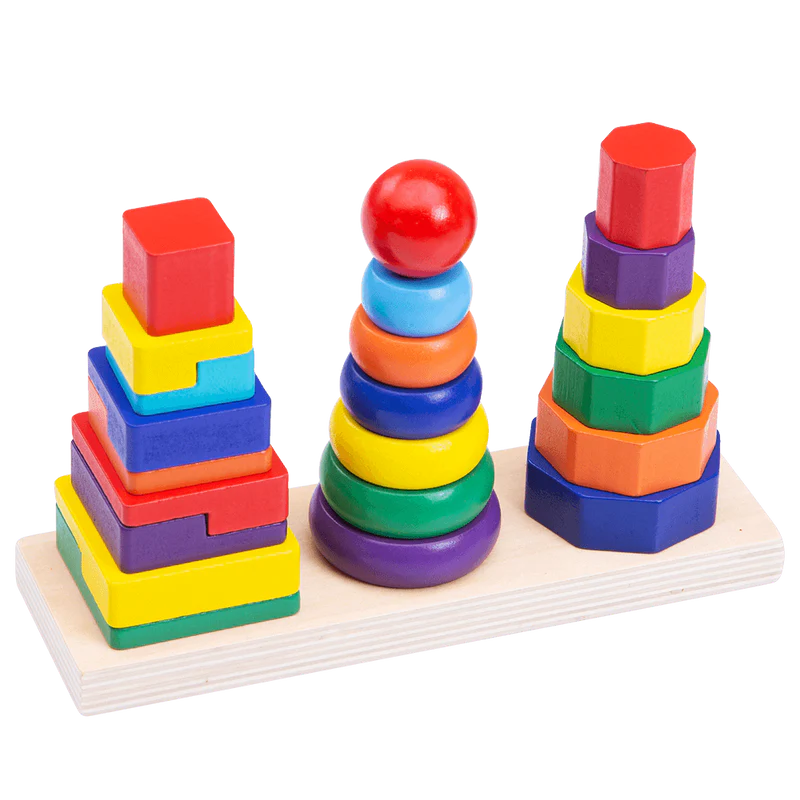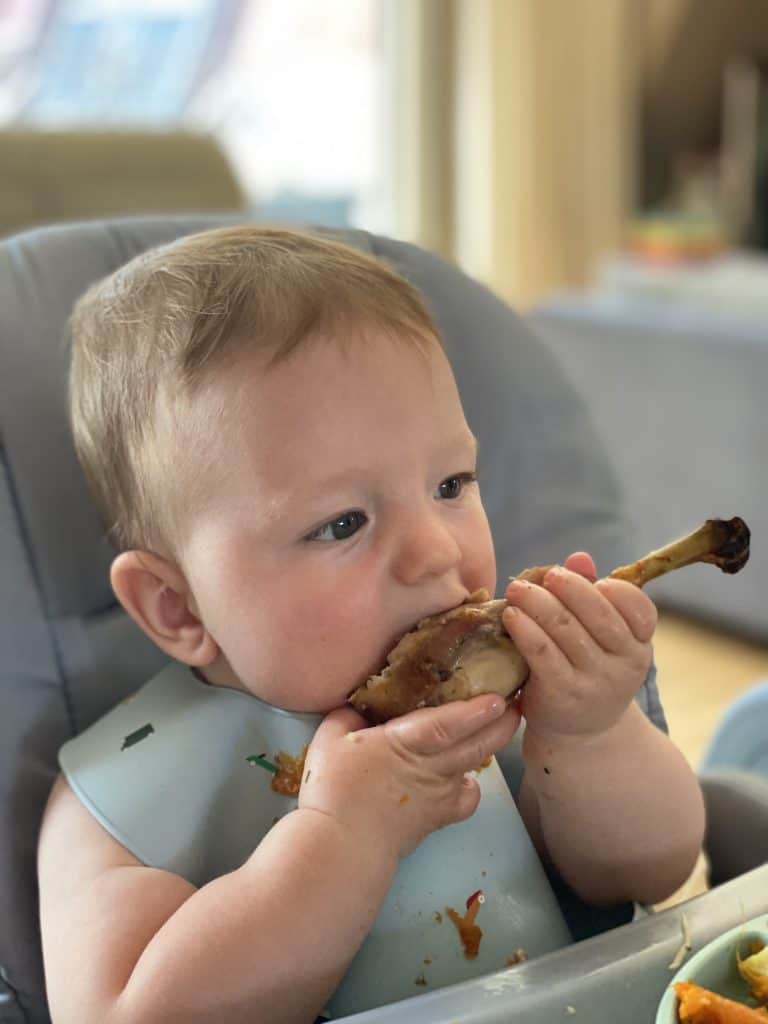In today’s consumer-driven society, parents are faced with an overwhelming array of choices when it comes to toys for their young children. Amidst the plethora of colorful, flashy plastic toys, traditional wooden toys are making a significant comeback. Parents and educators alike are beginning to recognize the multitude of benefits that wooden toys offer over their plastic counterparts. This article delves into the many advantages of choosing wooden toys for young children, focusing on aspects such as safety, environmental impact, developmental benefits, and durability.
Safety First
One of the primary concerns for any parent is the safety of their child. Wooden toys tend to be safer than plastic toys for several reasons:
- Non-toxic Materials: Wooden toys are often made from natural materials and finished with non-toxic paints and finishes. This is in stark contrast to many plastic toys, which can contain harmful chemicals such as phthalates, BPA, and PVC. These substances have been linked to various health issues, making wooden toys a safer option for young children who are prone to putting things in their mouths.
- Durability: Wooden toys are generally more robust and less likely to break into small, sharp pieces compared to plastic toys. This durability reduces the risk of choking hazards and injuries, providing a safer play environment for little ones.
- Smooth Edges: High-quality wooden toys are typically sanded down to have smooth edges, reducing the risk of cuts and splinters. In contrast, plastic toys can sometimes have rough seams or edges that might hurt a child.
Environmental Impact
The environmental benefits of wooden toys over plastic toys are substantial:
- Sustainability: Wooden toys are often made from renewable resources, such as sustainably harvested wood. This contrasts with plastic toys, which are derived from non-renewable petroleum-based products. Choosing wooden toys supports sustainable forestry practices and reduces reliance on fossil fuels.
- Biodegradability: Unlike plastic, which can take hundreds of years to decompose, wood is a biodegradable material. Wooden toys, when disposed of, will break down naturally and return to the earth without leaving harmful residues behind.
- Reduced Carbon Footprint: The production process for wooden toys generally has a lower carbon footprint compared to plastic toys. The manufacturing of plastic involves significant energy consumption and the emission of greenhouse gases. In contrast, woodworking processes can be more energy-efficient and eco-friendly.
Developmental Benefits
Wooden toys offer a range of developmental benefits that can significantly enhance a child’s learning and growth:
- Imagination and Creativity: Wooden toys often come in simple, open-ended designs that encourage imaginative play. Unlike electronic plastic toys that might dictate how a child should play, wooden toys leave room for children to use their creativity. Blocks, dolls, and simple vehicles made from wood can be used in countless ways, fostering a child’s imagination.
- Sensory Development: The natural texture of wooden toys provides a rich sensory experience. The weight, texture, and even the smell of wood can stimulate a child’s senses in ways that plastic cannot. This sensory input is crucial for young children’s development.
- Fine Motor Skills: Playing with wooden toys often requires more manual dexterity and coordination. Activities such as stacking blocks, fitting shapes, or assembling wooden puzzles help develop fine motor skills and hand-eye coordination. These skills are foundational for later tasks such as writing and drawing.
- Cognitive Development: Wooden toys, particularly those that are educational in nature, can support cognitive development. Puzzles, building blocks, and counting toys help children learn concepts such as problem-solving, spatial awareness, and basic math skills.
Durability and Longevity
The durability of wooden toys is another significant advantage:
- Longevity: Wooden toys are known for their longevity. They can withstand rough play and often last for generations, making them a worthwhile investment. Unlike plastic toys that might break or wear out quickly, wooden toys can be passed down from one child to another, or even kept as keepsakes.
- Cost-Effectiveness: While the initial cost of wooden toys might be higher than that of plastic toys, their durability means they don’t need to be replaced as often. This long-term cost-effectiveness makes them a practical choice for parents looking for value.
- Timeless Appeal: Wooden toys have a timeless appeal that transcends trends and fads. Their classic designs and natural aesthetics make them enduringly attractive to both children and adults. This timelessness ensures that wooden toys remain relevant and cherished over the years.
Encouraging Sustainable Values
Using wooden toys can also instill important values in children from a young age:
- Appreciation for Nature: Playing with wooden toys can help children develop an appreciation for natural materials and the environment. This early exposure to sustainable practices can foster a lifelong respect for nature and environmental stewardship.
- Simplicity and Mindfulness: Wooden toys promote a sense of simplicity and mindfulness. In a world filled with electronic distractions and instant gratification, wooden toys encourage children to slow down and engage deeply with their play. This mindfulness can support mental and emotional well-being.
Conclusion
In conclusion, the advantages of using wooden toys over plastic toys for young children are multifaceted. From safety and environmental benefits to developmental advantages and durability, wooden toys provide a superior alternative to their plastic counterparts. By choosing wooden toys, parents can support their children’s growth and well-being while also contributing to a more sustainable and mindful world. The timeless appeal and enduring quality of wooden toys make them a valuable addition to any child’s playroom, ensuring that they remain cherished for generations to come.

